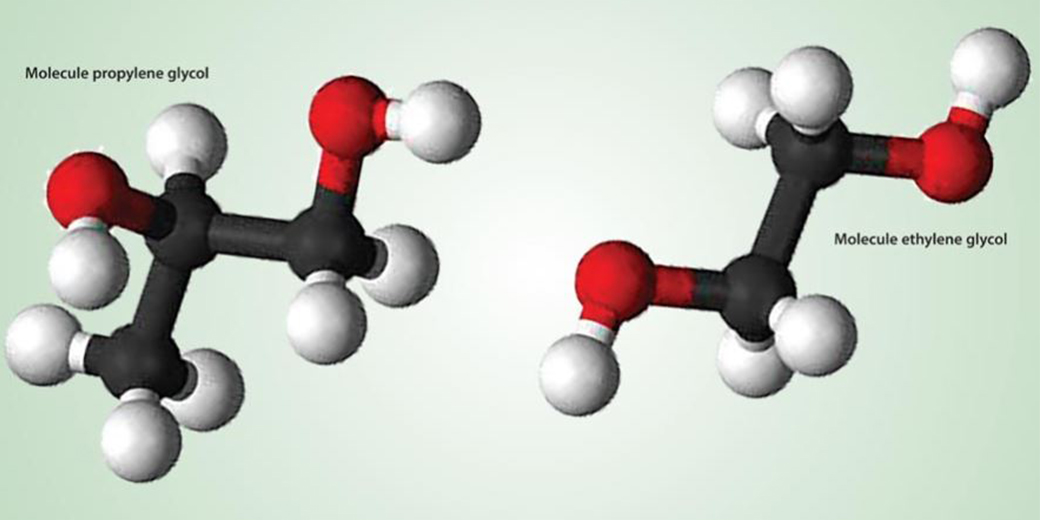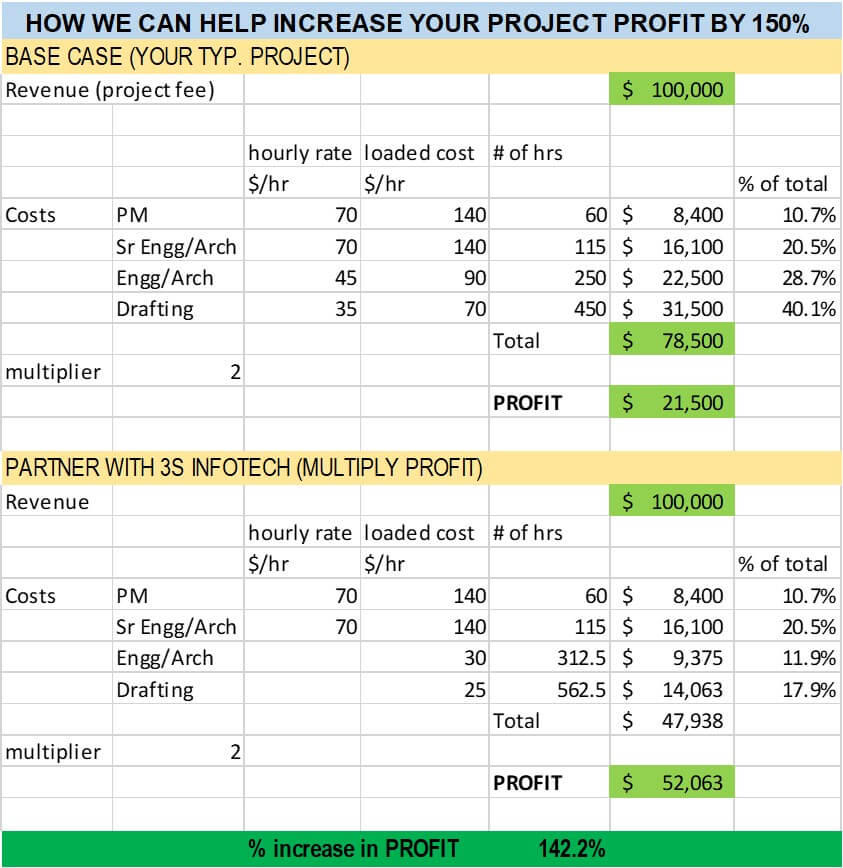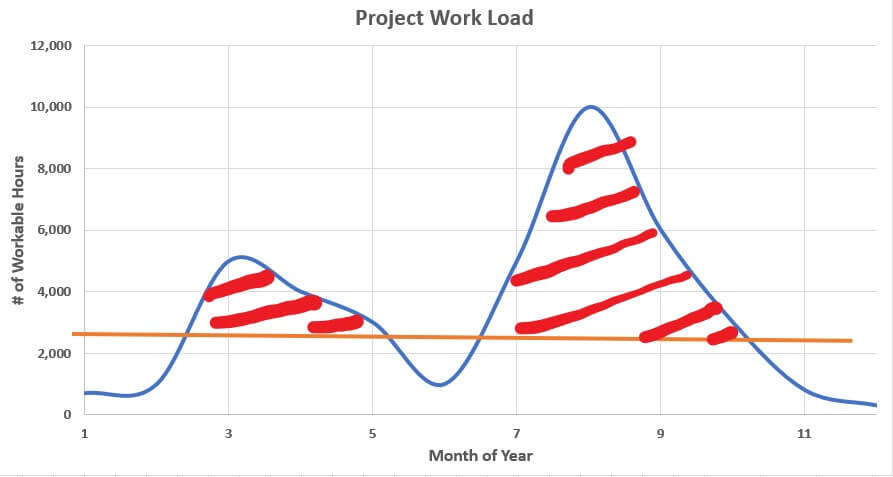Ethylene and Propylene Glycol – Material Compatibility for HVAC applications
This article has been adopted from www.dow.com. Dow Chemicals published this article to help HVAC engineers with selecting proper pipe and system materials when using glycol solutions. Original article could be found @ http://www.dow.com/heattrans/support/selection/system-materials.htmSystem Materials
The various metals, plastics and elastomers commonly used in system construction may be affected by glycol-based fluids. Here we will describe any effect glycol may have on these materials, and make material recommendations for systems either being designed for, or converted to, a circulating glycol based fluid.
Iron and Steel
Iron-based materials such as steel and cast iron are the usual choice for HVAC system piping. These metals generally offer good corrosion resistance in the presence of water and glycols. When a glycol-based fluid is introduced to such a system, however, the fluid must include an inhibitor formulation to prevent corrosion caused by acids formed by glycol degradation. An industrially inhibited glycol is essential in HVAC systems with steel piping to prevent fouling, clogging, and the buildup of precipitated solids. The special inhibitors developed for DOWTHERM™ inhibited ethylene glycol and for DOWFROST ™ inhibited propylene glycol fluids not only buffer the acids as they are formed, but also passivate metal surfaces to control corrosion further.
While steel piping is recommended for HVAC systems using an inhibited glycol- based fluid, galvanized steel piping is not recommended, especially if the circulating fluid reaches temperatures above 120°F. Galvanized steel piping may be used in a system whose circulating fluid is at a low temperature, although the inhibitors in the fluid protect the steel and make the galvanized coating redundant.
Stainless steel is often specified for systems where cleanliness is mandated by FDA and/or USDA regulations, such as the food processing industry. Stainless steel can be vulnerable to stress corrosion cracking caused by chloride ions in the water. The problem is less severe with inhibited glycol-based fluids because these solutions have an alkaline pH.
Plastic Piping
There has been a steady increase in the use of plastic tubing over the last 20 years. Polyethylene (PE) or cross-linked polyethylene (PEX) represent the most popular choices in terms of reliability and cost. Other materials such as chlorinated polyvinyl chloride (CPVC) or polyvinyl chloride (PVC) may also be used depending on operating temperatures. Several TES systems using either ethylene glycol- or propylene glycol based heat transfer fluids have operated successfully for years with no detrimental effect on their PVC piping.
However, some PVC/CPVC suppliers recommend that propylene glycol-based fluids only be used in solutions no greater than 25%. In every case, regardless of the plastic being considered or the concentration of glycol desired, it is recommended that you consult the plastics supplier to verify compatibility with ethylene or propylene glycol fluids before installation.
Copper, Aluminum
Although copper has excellent heat transfer characteristics, it is not as strong as steel. If copper is to be exposed to higher temperatures, wall thickness should be increased, and mechanical joints strengthened, no matter what circulating fluid is used. Copper does not tend to foul as easily as steel or cast iron. Once copper has become fouled, surface deposits reduce heat transfer and encourage rapid corrosion. Thus, copper in the HVAC system requires that a glycol-based fluid include an appropriate inhibitor formula, such as the copper specific inhibitors in DOWTHERM and DOWFROST HD heat transfer fluids.
Some materials are not recommended for use with inhibited glycols. One of these is aluminum, at temperatures above about 150°F. Zinc, in the form of a galvanized coating to protect against corrosion, is unnecessary and potentially detrimental if an industrially inhibited fluid is used. Zinc can also be a potential source of inhibitor depletion and precipitation.
Elastomers
Most elastomers used for gaskets and seals in a water-based system are equally appropriate for a system employing inhibited glycol-based fluids. However, if the system is being converted to a glycol-based fluid, the elastomers may need to be changed. Although the elastomer material may very well be compatible with the new fluid, the specific seals and gaskets used with the old fluid could rapidly deteriorate and develop leaks. As is the case for using plastic tubing, it is recommended that you always consult with the supplier of the specific elastomeric material to verify its compatibility with glycol-based fluids.




